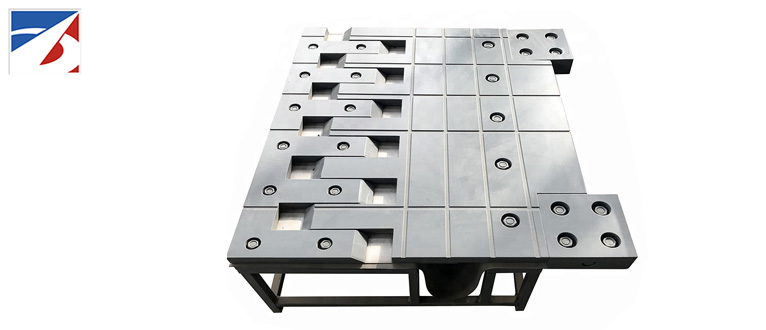Elastomeric Expansion Joint

Finger Expansion Joint
2019年3月27日
Aluminum Expansion Joint
2019年3月27日Elastomeric Expansion Joint
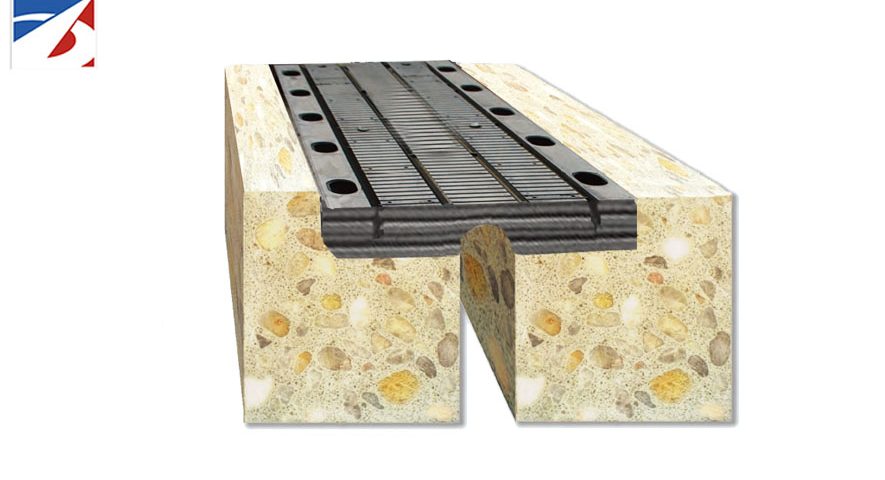
Elastomeric Expansion Joint, also called mat expansion joint or rubber expansion joint, consists of an elastomeric element (mat), e.g. including a bridging plate, and the accessory anchorage system. The elastomeric surface is flush with the running surface and carries the traffic loads. The movements take place by deformation (compression, elongation or shear) of the elastomeric. The elastomeric element can be made with or without metallic reinforcement. A succession of parallel elastomeric elements placed on a (fixed or sliding) supporting structure is called a multiple elastomeric expansion joint.
Elastomeric Expansion Joint Design Principle
Principle on the basis of shear deformation
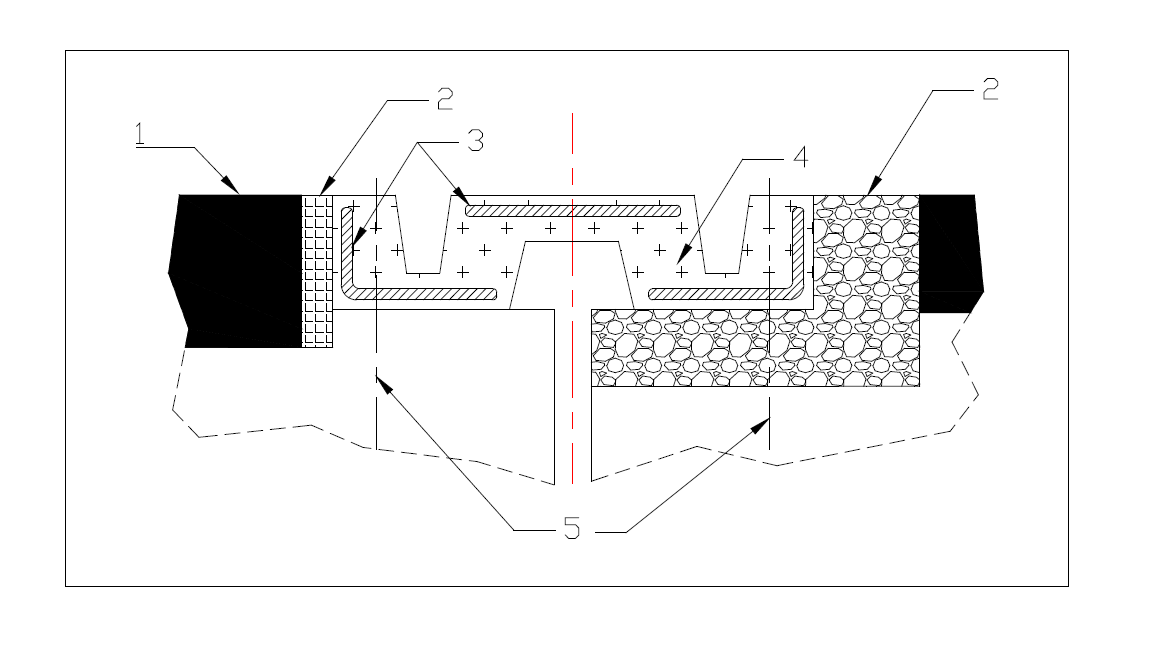 |
| Principle for single elastomeric expansion joint on the basis of shear deformation |
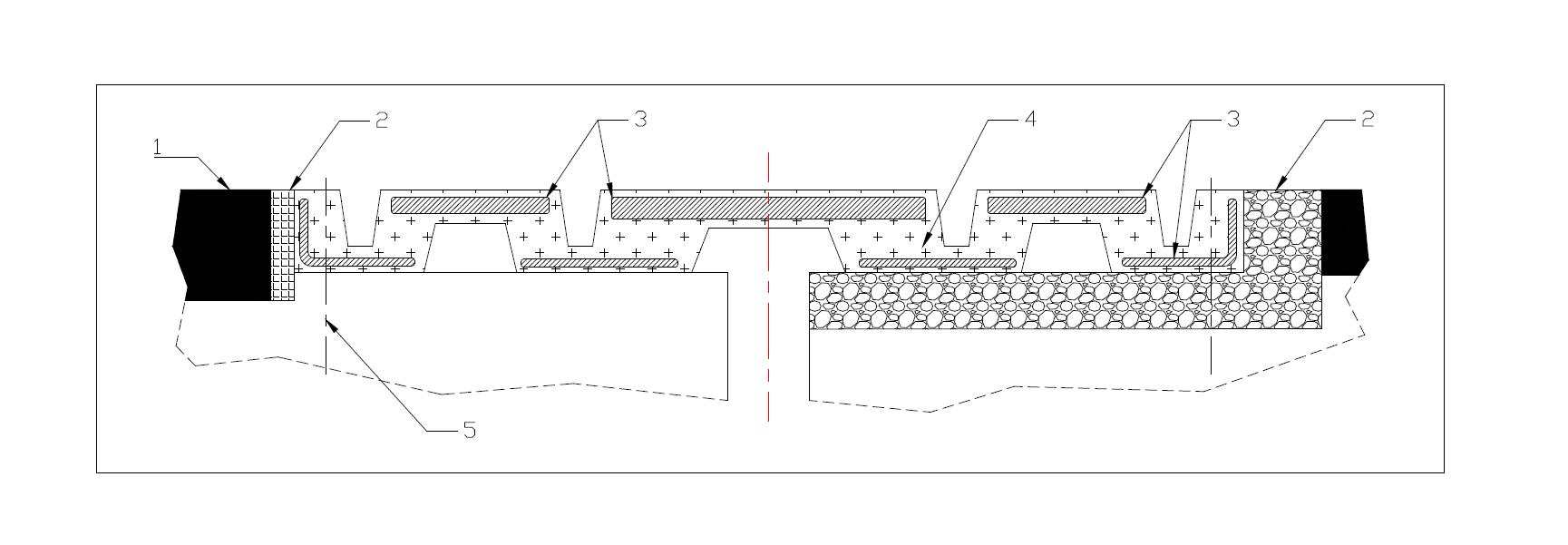 |
| Principle for multiple elastomeric expansion joint on the basis of shear deformation |
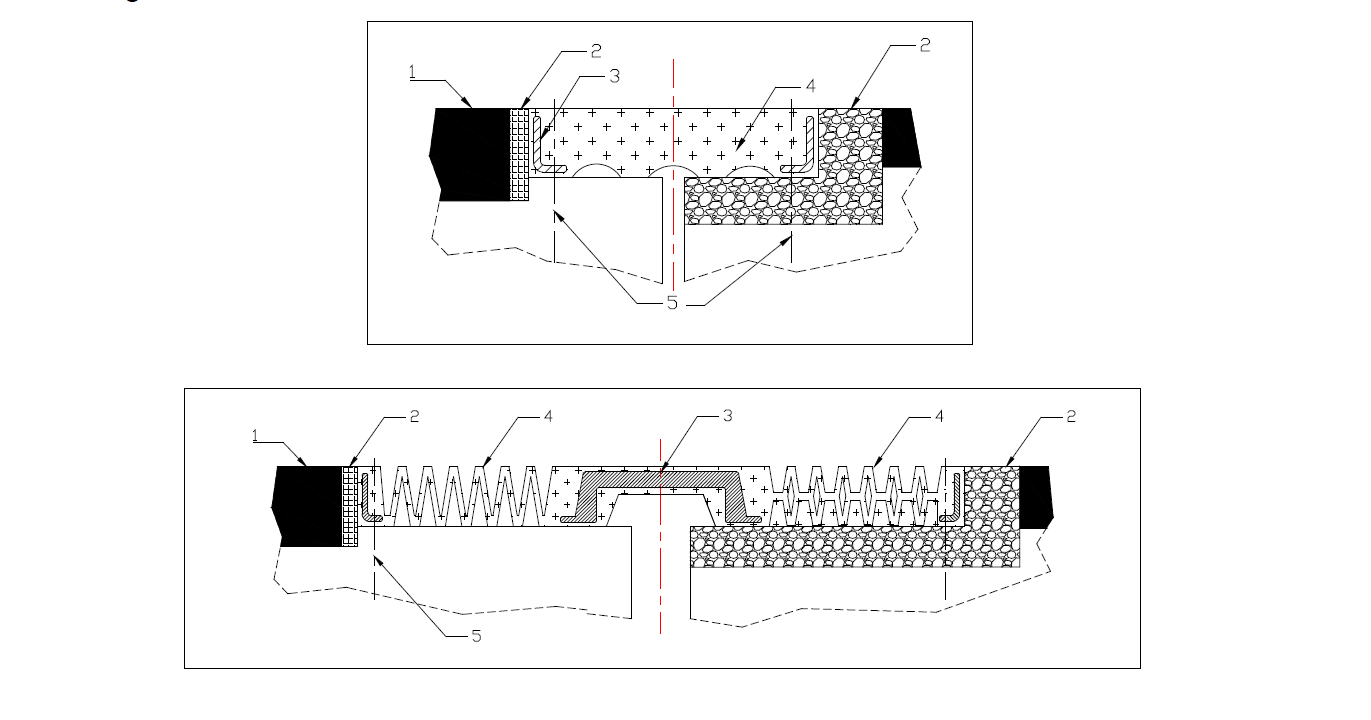 |
| Principle for single elastomeric expansion joint on the basis of compression/tension deformation |
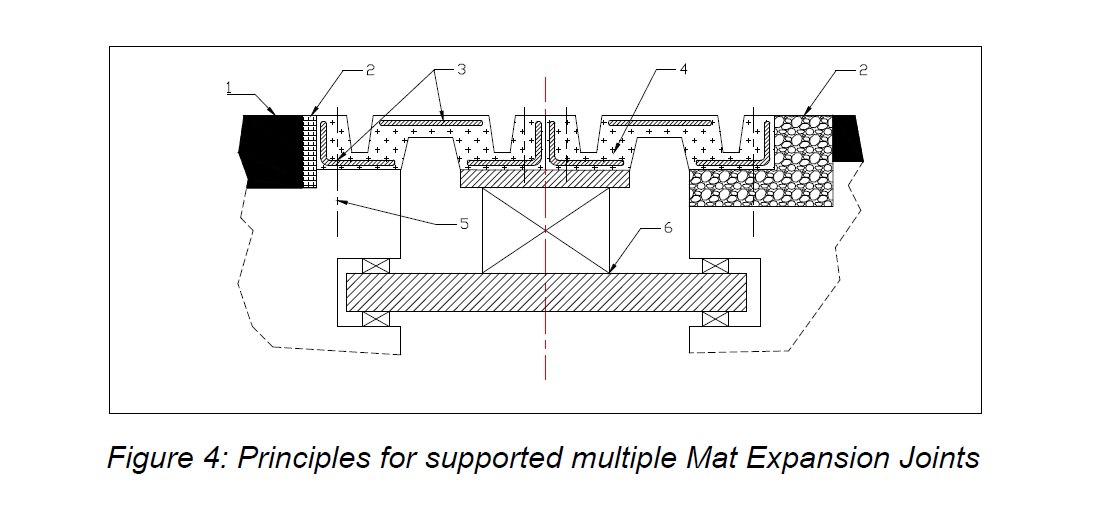 |
| Principle for multiple elastomeric expansion joint on the basis of compression/tension deformation |
Elastomeric Expansion Joint Components
- Elastomeric expansion joint consists at least the following:
- Elastomeric(reinforced or not reinforced)
Anchorage system
In addition, the following precision is given for optional devices, which may be included in the design for the elastomeric expansion joint system:
- support structure,
- sliding plate,
- bridging plate,
- kerb elements,
- connecting devices (e.g. to connect mat elements),
- drainage devices (e.g. gutter),
- cover plates (e.g. for footpath),
- connections to the watertight membrane.
Elastomeric Expansion Joint Specification
|
|
|
|
|
|
1000 ×230 ×35 |
|
|
|
1000 ×250 ×45 |
|
|
|
1000 ×400 ×40 |
|
|
|
1000 ×550 ×54 |
|
|
|
1000 ×620 ×60 |
|
|
|
1000 ×735 ×75 |
|
|
Other type rubber bridge |
||
Elastomeric Expansion Joint Application
Compared with strip seal expansion joint and modular expansion joint, elastomeric expansion joint with relatively low price and easily install and maintain is mainly used for old bridge reconstruction, small bridge or bridges need small loading capacity.
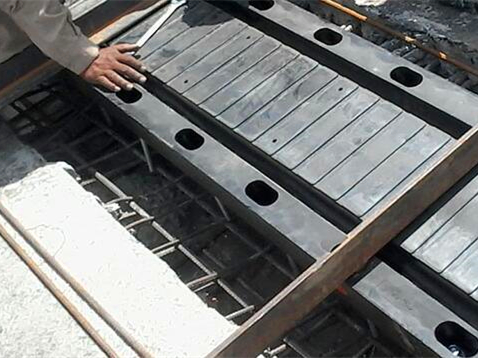 |
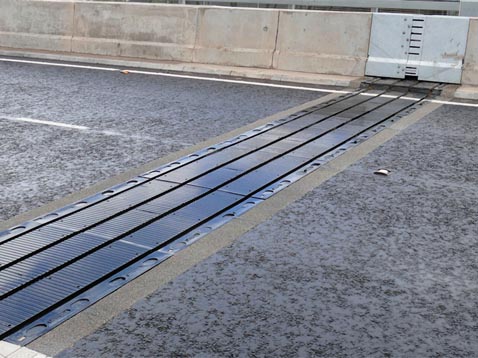 |
| Elastomeric expansion joint with ± 30 mm displacement for bridges | Elastomeric expansion joint with ± 60 mm displacement for bridges |

